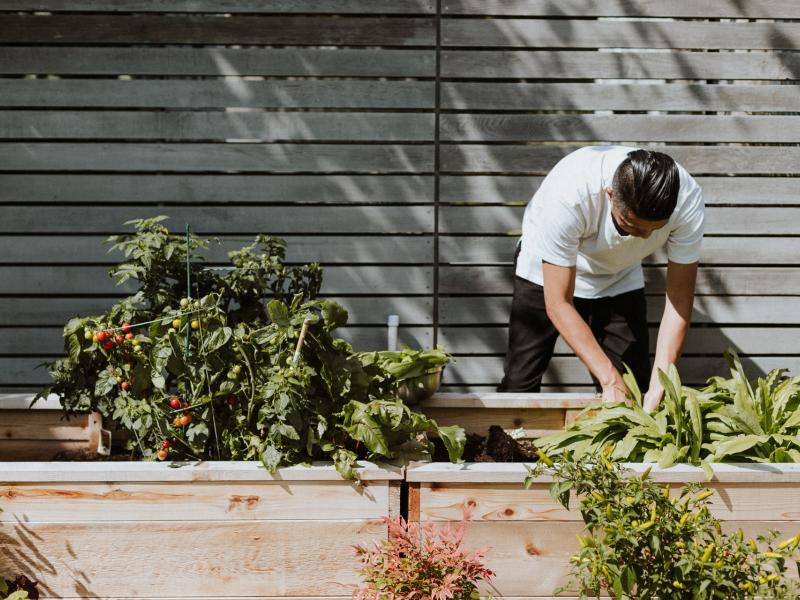Intensive household gardening

Description of the innovative solution
Intensive gardening is used to maximize the amount of produce harvested in a given garden area. This method can be applied to household gardens, ranging from small yard plots to 'balcony boxes,' to increase household food security and nutrition, and bolster resilience to global food shocks. Household gardens are an integral factor of local food systems, and are increasingly important as the global population continues to grow, and hunger and nutrient deficiencies continue to claim lives. Home gardens have some commonalities; they are often located on marginal lands or areas, and take up only a...
Intensive gardening is used to maximize the amount of produce harvested in a given garden area. This method can be applied to household gardens, ranging from small yard plots to 'balcony boxes,' to increase household food security and nutrition, and bolster resilience to global food shocks. Household gardens are an integral factor of local food systems, and are increasingly important as the global population continues to grow, and hunger and nutrient deficiencies continue to claim lives. Home gardens have some commonalities; they are often located on marginal lands or areas, and take up only a fraction of a house's arable land if any. They also come in many shapes, sizes, and serve different functions with different crop compositions. Most of the literature on home gardens focuses on tropical areas in Central and South American, South and South-east Asia, and Africa, but this phenomenon is applicable to many contexts. While home gardens have potental to create a positive impact, there are still many constraints to be kept in mind, whether it be lack of inputs, time, knowledge, labor, land, and more.
Examples and additional resources
Real-world examples
See this solution in action in different contexts and settings around the world
Sri Lanka's “Api Wawamu Rata Nagamu" homegardening project
Economic and Cultural Importance of “Kitchen Gardens” in Tajikistan Study
Additional resources
Learn more about this solution through studies, articles, business cases, and other information
Home Gardens Literature Review
Contacts
Connect to others working on and with this solution around the world
Pathways to uptake
Engage with our “backcasting tool” to imagine and design “pathways to uptake” for this solution in your setting.
This process involves defining a future vision of this solution being used in your context, and then working “backwards” to identify necessary steps to achieve this vision by 2030. Going through this exercise as an individual or with a team can help to clarify the WHAT/WHEN/HOW of moving a solution (or package of solutions) towards having major impact. We hope these pathways will inspire outside-of-the-box thinking, creative approaches, and actionable concrete steps to move ideas into action.
Pathway builder
Explore pathways for this solution
Be the first one and add a pathway for this solution!